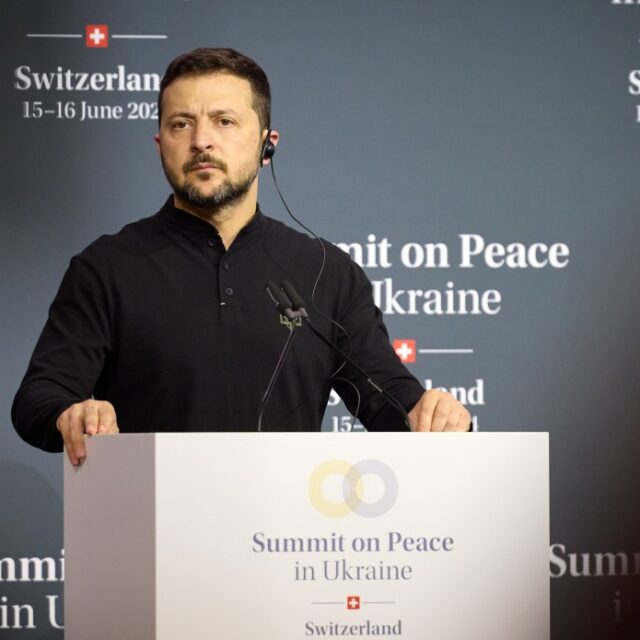In a recent escalation, Russian drones launched a second wave of airstrikes on Kyiv early in the morning of July 31. Despite the intensity of the assault, Ukraine’s air defence forces successfully intercepted all incoming drones, preventing any from reaching their targets. Over forty enemy drones were shot down during the two waves of attacks over Kyiv and its surrounding areas.
The night before, the air raid sirens lasted over seven hours, beginning late on July 30, when threats of ballistic strikes and drone attacks from the north were announced. Ukrainian forces demonstrated exceptional skill and resilience, ensuring that no drones achieved their objectives. According to Ukrainian officials and media, this was the most extensive attack on Kyiv in 2024. Russia’s strategy involves probing for vulnerabilities in Ukraine’s air defences by deploying swarms of drones.
Russia aims to surpass Ukraine’s use of drone technology, which has been pivotal in the war over the past two years. By identifying weaknesses in Ukraine’s air and missile defences, Russia is preparing for large-scale missile attacks and combined assaults involving cyberattacks, drones, and rockets.
The Kremlin seeks to create panic among Ukrainians while promoting narratives about the need for “peace at any cost,” which effectively means capitulation. Russia’s goal is to psychologically intimidate the Ukrainian populace and apply pressure on Ukrainian authorities amid discussions about peace.
As these attacks intensify, there are reports of new Russian drones and modifications to the “Iskander-1000” missile, featuring a warhead with a blast radius increased by 50%. Russia is testing this new equipment in combat scenarios, escalating its actions and spreading rumours about potential future offensives.
Russian propaganda also claims that Russian troops are capturing new towns in Ukraine daily, presenting these as significant tactical victories. Russian officials, including Defense Minister Alexey Belousov, express extreme concern over the threat of uncontrollable escalation, informing the USA about these fears. The massive drone attacks on Ukraine, particularly Kyiv, are seen as a reaction to the successful counterattacks by Ukrainian forces. Moscow cannot afford to appear weak before its allies, despite its disregard for their security. During these large-scale drone attacks on Ukraine, Shahed misiles frequently enter Belarusian airspace, prompting Belarusian authorities to scramble fighter jets.
Ukraine desperately needs an enhancement of its air and missile defence systems, as well as the supply of combat aircraft to protect its energy infrastructure. The international community needs to significantly increase its financial and military investment in Ukraine. Support must be swift, substantial, and innovative to enable Ukraine to overcome Russian aggression in this ongoing conflict.




